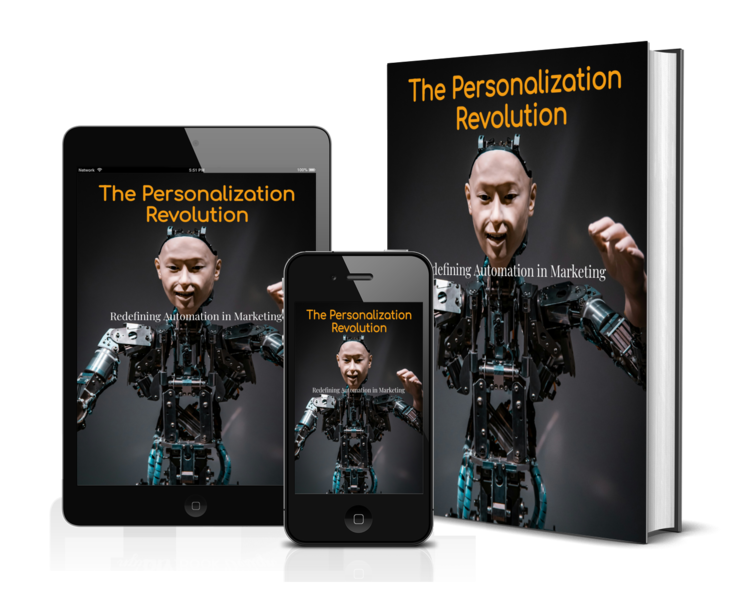Description
The evolution of marketing automation has transformed the landscape of how businesses engage with their customers. Initially, marketing automation was a rudimentary process that focused primarily on email marketing and basic customer relationship management. Early tools were designed to automate repetitive tasks, such as sending out mass emails or scheduling social media posts. This marked the beginning of a shift toward more efficient marketing practices, allowing marketers to save time and resources while maintaining a presence in the digital space.
As technology advanced, so did the capabilities of marketing automation platforms. The introduction of data analytics and customer segmentation tools enabled marketers to gain deeper insights into consumer behavior. This shift allowed for more targeted campaigns, where messages could be tailored to specific audience segments based on their preferences, past interactions, and purchasing history. This newfound ability to analyze data in real-time paved the way for more personalized marketing efforts, which began to replace the one-size-fits-all approach that dominated earlier marketing strategies.
The rise of artificial intelligence and machine learning further accelerated the evolution of marketing automation. These technologies empowered marketers to predict consumer behavior more accurately and personalize interactions at scale. Chatbots and virtual assistants emerged as tools for real-time engagement, providing customers with immediate responses and support. This not only enhanced the customer experience but also allowed marketers to gather valuable data on customer needs and preferences, which could be fed back into their automated systems for continuous improvement.
In recent years, the trend has shifted towards integrating marketing automation with other business functions, such as sales and customer service. This holistic approach ensures a seamless customer journey, where marketing, sales, and service teams work together to deliver a consistent and personalized experience. With the advent of omnichannel strategies, marketers can now engage with customers across various platforms—be it email, social media, or in-store experiences—while maintaining a cohesive brand message.



